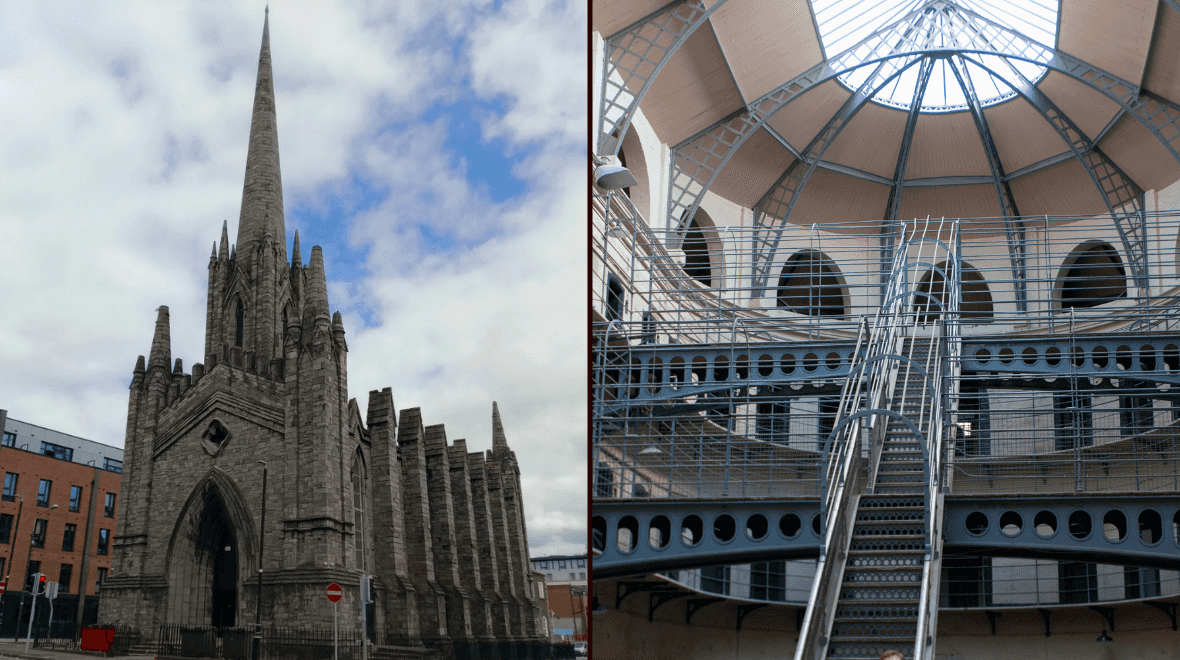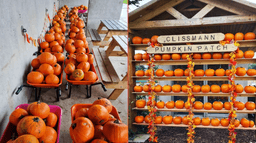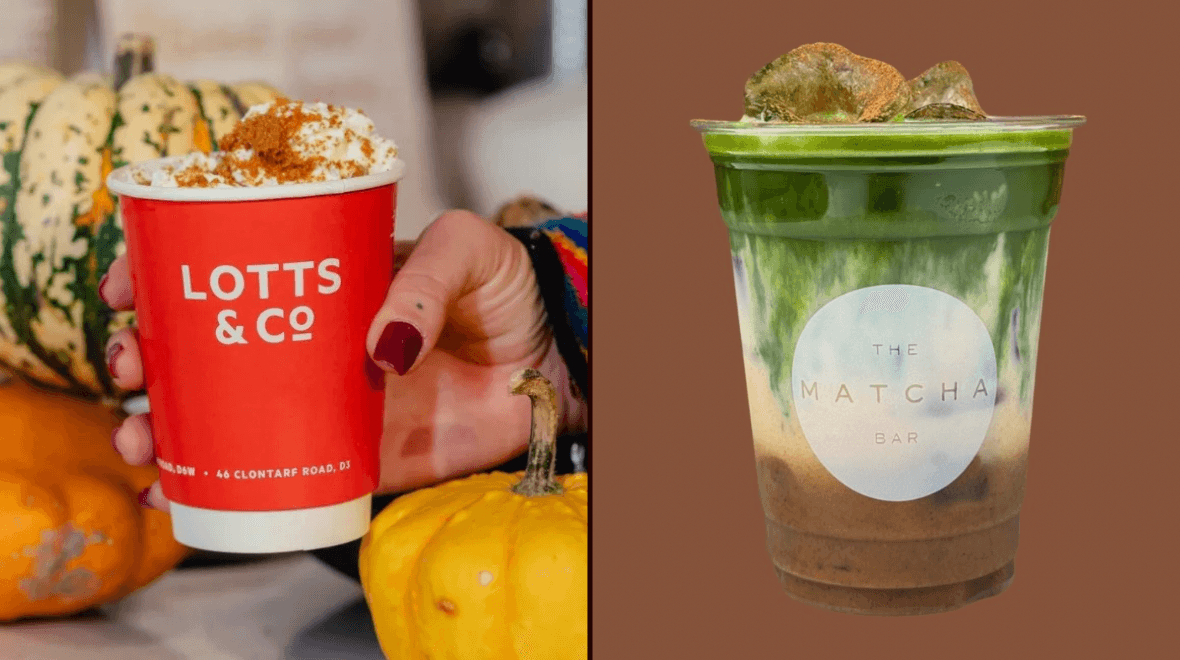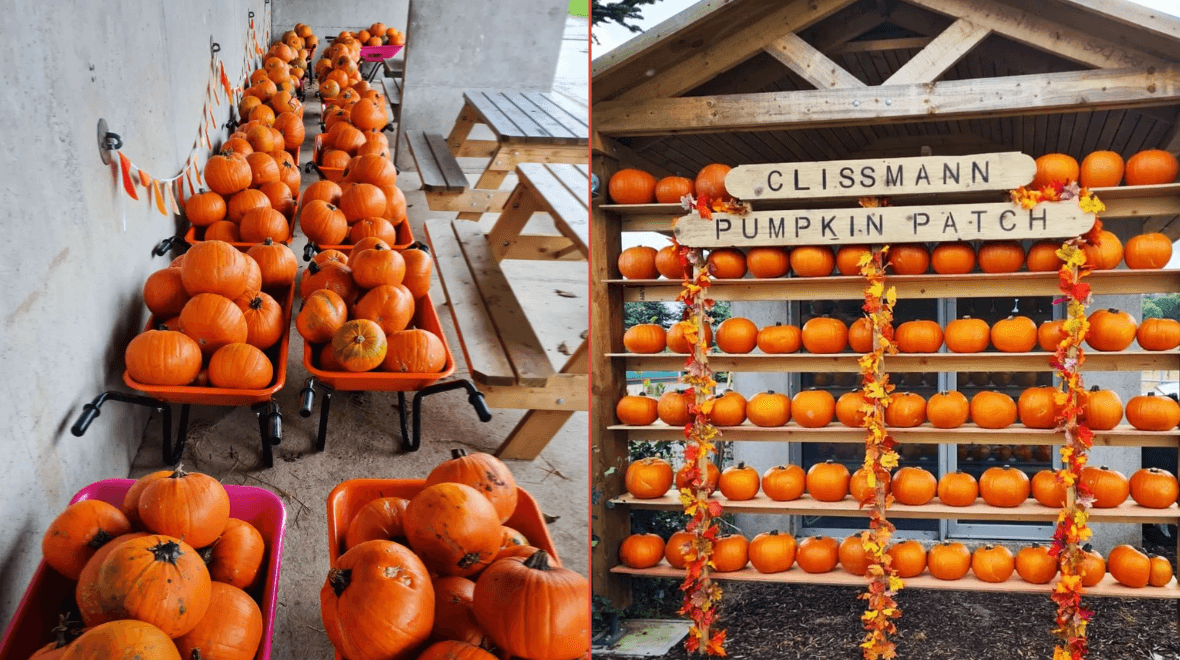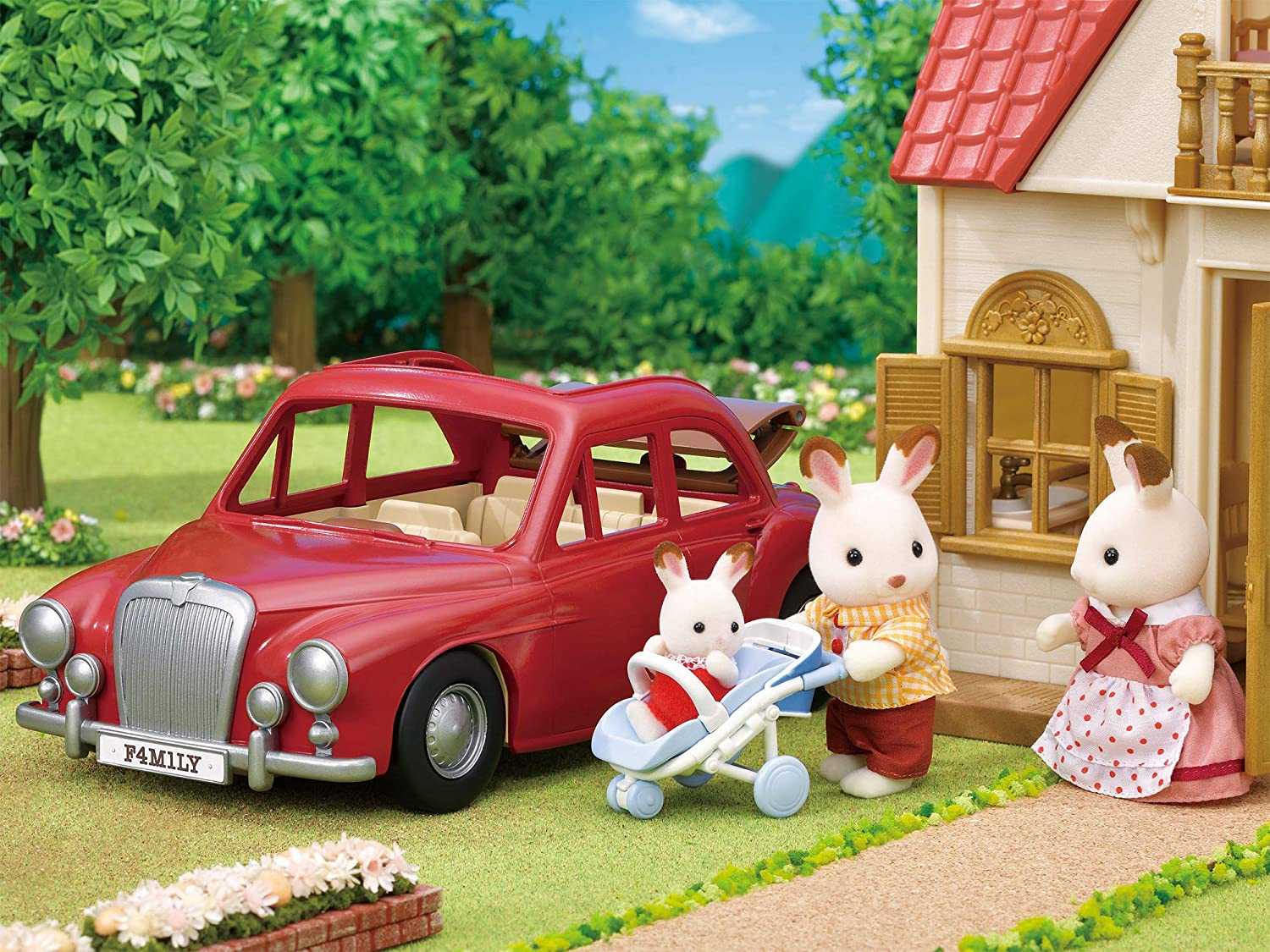
Dublin is glutted with literary magazines. They’re ten a penny; if today’s penny is actually €15 each.
In 2017 Justine Carbery wrote in The Irish Independent "literary journals proved to be constant stars in a fluctuating market. Ireland, with its rich history of independent literary magazines, finds itself in rude health today with many new and innovative titles appearing on the literary scene." RTE also covered the national wealth of Literature Zines in 2024. Journalist James Patterson wrote that in Ireland there is "extensive network of literary magazines and journals". Similarly according to The Irish Times’s Deirdre Falvey Ireland’s literary journal scene is “stronger than it was 10 years ago, significantly stronger than it was 20 years ago and unrecognisable from 25 years ago”.
Yet people keep wading into the fray with their own notes on style.
Paper is expensive here. Shipping is expensive here. Labour is expensive here. The barrier to entry is disproportionately high. Setting up a LitZine won’t make you wealthy; you probably won’t even get particularly famous. Though the writers you publish could do. You'll juggle a day job unless nepo-babied or trust-funded. Friends, favours, and whatever interns you can scrape together will help you lay out pages, help you pay your Adobe subscription, manage your Instagram feed, handle bookkeeping, beg for donations, chase elusive Arts Council grants, and convince local pubs to host your launch parties.
After all that, you'll watch your lovingly crafted journal land softly onto the already overflowing tables of Hodges Figgis. Or float invisibly among countless literary blogs online.
Some may say … why bother?
Somehow, though, Dublin's literary zines flourish, capturing a revival reminiscent of the fervour that animated Celtic Revival circa 1905. The era when Yeats, Synge, Gregory, and Russell transformed Irish literature forever. Just as their Irish Literary Theatre sought a distinct Irish voice independent from English norms. Today's zines forge fresh paths, creating space for voices unheard by conventional publishing. They host Kevin Barry’s twisted, hallucinatory prose and Sinéad Gleeson's genre-bending essays freed from conventional structures and commercial constraints.
Tolka for another is is bursting with stylistically risque takes on the essay and memoir. Meanwhile, Gorse celebrates a devout experimentalism reminiscent of the earlier Revivalists’ rejection of sentimental Victorianism.
My personal favourite is The Pigs Back; has featured many local creatives. Though based in Donegal this bold newcomer, mixes satire, sharp essays, and surreal storytelling. It’s raw with biting literary curation that leans a little Swiftian (Johnathan Swift, not Taylor).
These Dublin zines collectively form the backbone of the literary arm of today's Celtic Renaissance. If the original Revival was a reaction to colonial suppression, today's Dublin-based literary mags are reactions to commercial homogenisation, creative complacency, and neofeudalism masquerading as capitalism. They're bastions against literary inertia.
Banshee, founded in 2014 by women who insisted on amplifying voices otherwise drowned out by established literary circles, captured readers precisely because it championed stories publishers didn't reguard. Jessica Traynor and Deirdre Sullivan, early contributors, represent that unwillingness to wait politely at mainstream doors.
If your tastes lean toward cerebral swagger, The Dublin Review is for you. Best known as the original home of "Even if You Beat Me" by Sally Rooney. It serves elegant essays and finely wrought fiction with biting tension. Maybe you’s prefer something a touch more art-w*nkery? For that there’s Holy Show. Annually it captures Dublin’s eclectic energy with comics, essays, and vivid reportage. They’ve launched with Acid Granny on Capel Street or with Whiplash in MoLI. The A4 mag is a always channels that same mischievous spark that once fuelled Joyce’s Dubliners.
Like the Abbey Theatre's early literary publications or Russell’s The Irish Homestead, today’s Dublin zines are small but pivotal, reshaping Ireland's literary landscape.
Trumpet, Poetry Ireland’s slim pamphlet, recalls how Revival-era journals spread poetry that challenged and redefined national identity. Today, poets like Chrissie Donoghue Ward and Fióna Bolger continue that tradition, their words creating new poetic landscapes that interrogate contemporary Ireland with the urgency their predecessors brought to 1905.
Lisa McInerney, editor of The Stinging Fly since 2022, told The Irish Times in 2023 she thinks this new era has become “a sort of self-perpetuating system." She said that the more journals there are the more they create a "confident writing community" which in turn "means a demand for literary journals with a strong identity and a commitment to excellence.”
Yet, for all their romantic idealism, these literary zines exist on a knife-edge. Their futures perpetually uncertain. Each launch might be their last; every Arts Council decision is existential. But perhaps that precarity drives their role as tastemakers and risk-takers?
While some of them still love in their own vacuum there are others that cross pollinate with other art forms stitching together the fabric of Dublin culture.
They take up space among the Irish language TikTok creators, the ancient Irish craft revivers, the sportstars, and many more to stamp the Celtic Renaissance onto Dublin with Claddagh hoops and linguistic finesse. This movement that will be studied in hindsight by the masses in quest of a BA in English currently lives here; tucked between coffee-stained pages and midnight poetry readings, powered by small journals brave enough to publish what no one else will.





